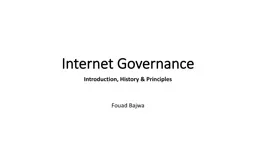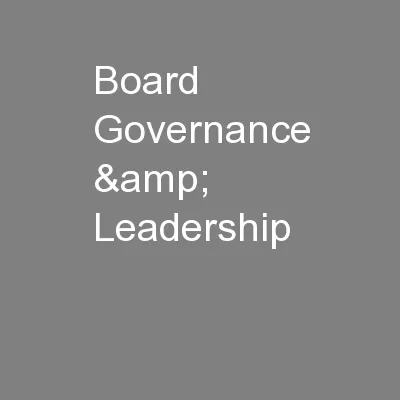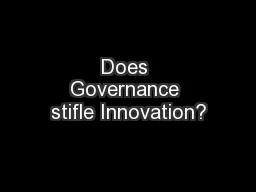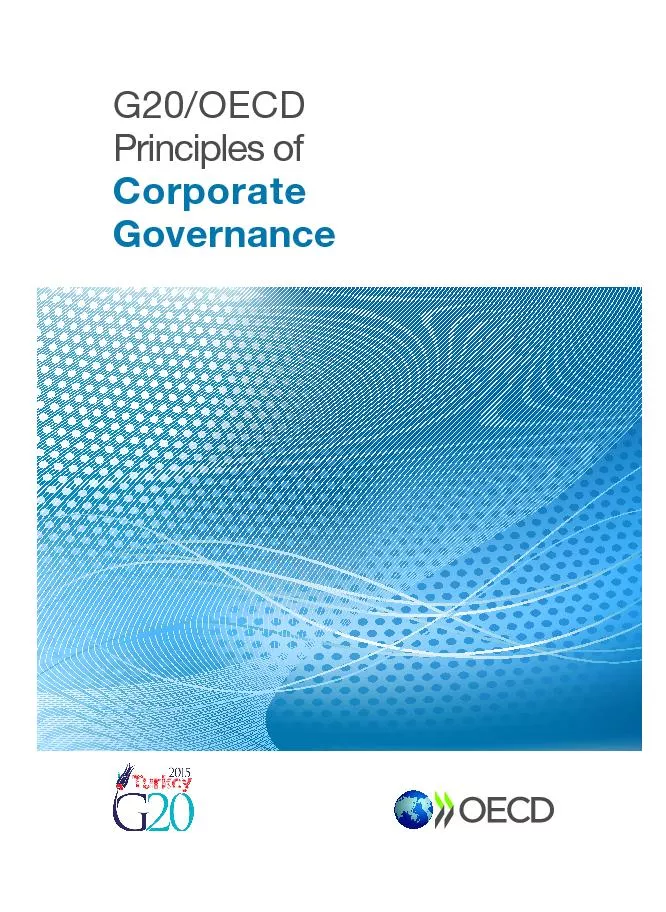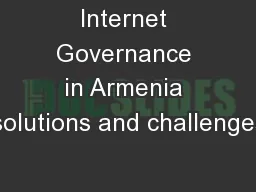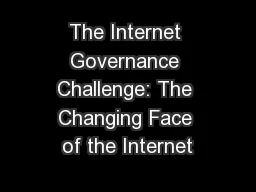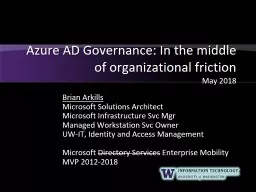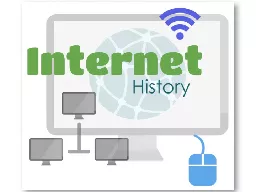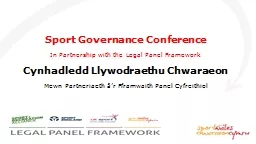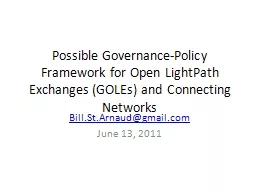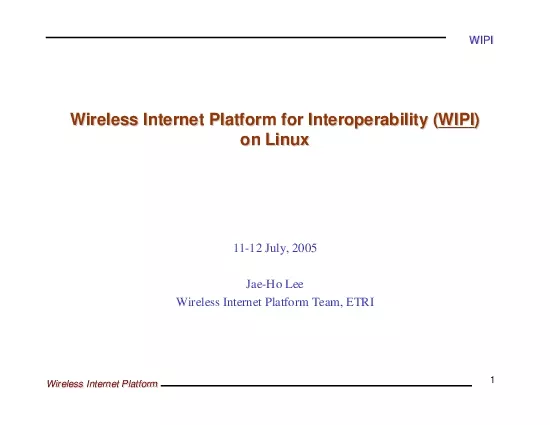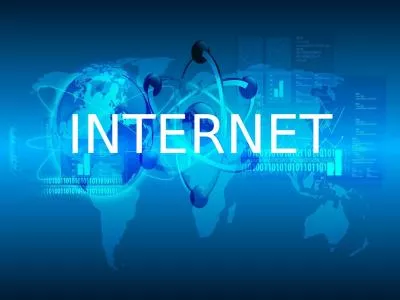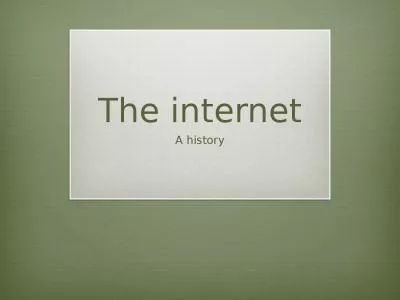PPT-Internet Governance Introduction , History & Principles
Author : min-jolicoeur | Published Date : 2019-11-03
Internet Governance Introduction History amp Principles Fouad Bajwa Information Society Agricultural Society Feudalism Land amp Labour Absolutistic Monarchies
Presentation Embed Code
Download Presentation
Download Presentation The PPT/PDF document "Internet Governance Introduction , Histo..." is the property of its rightful owner. Permission is granted to download and print the materials on this website for personal, non-commercial use only, and to display it on your personal computer provided you do not modify the materials and that you retain all copyright notices contained in the materials. By downloading content from our website, you accept the terms of this agreement.
Internet Governance Introduction , History & Principles: Transcript
Download Rules Of Document
"Internet Governance Introduction , History & Principles"The content belongs to its owner. You may download and print it for personal use, without modification, and keep all copyright notices. By downloading, you agree to these terms.
Related Documents

